Tractor evolution
by Ailsa Harvey · 30/06/2020
How has farming progressed from horse-pulled carts to the tractors of today?
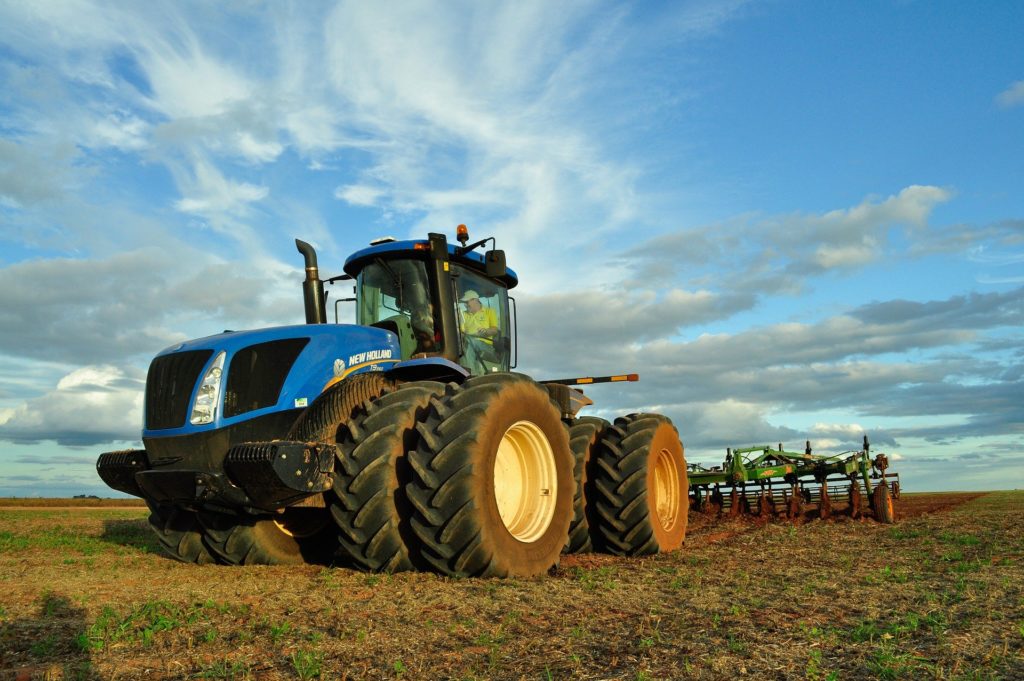
(Image source: Pixabay)
Tractors have been around since the 1800s, when John Froelich incorporated the first stable petrol-powered traction motor. For most people, the only experience of tractors may be driving behind one as it bounces along a main road, seemingly out of place. However, for those following the farming lifestyle, tractors represent huge progress in making farm work more efficient, by reducing the need for extensive manual labour.
The first tractors travelled at just five kilometres per hour but signified the beginning of agriculture’s transformation to speedier farming. These portable steam engines, designed specifically for farming, emerged in 1868. As they became more widely available, the horses that farmers had relied on to pull weight since the early days of agriculture were made redundant. The tractor that replaced horses were monsters, weighing over 15 tons. These vehicles were mainly used for transporting large amounts of timber.
Following the tractor’s evolution from steam to petrol-powered engines at the end of the 19th century, a man called Henry Ford (founder of Ford Motor Company) decided that simple tractors needed to be on the market for the “common person.” Tractors had adopted many new features, such as self-laying tracks instead of wheels, but Ford brought them back to basics.
Naming his tractor the Fordson, it became the first lightweight, mass-produced tractor. As a more affordable model, farmers from different backgrounds could afford the purchase and join in the tractor trend. 1928 saw the release of the General Purpose Tractor. This model enabled farmers to work in volume, including planting and cultivating three rows of seeds at a time. The speedier and more efficient process that farming was becoming led to manufacturers aiming even higher, inventing new methods and designs to increase the productivity of tractors.
The John Deere Model R, a diesel tractor released in 1949, introduced a significant increase in horsepower. It was the first tractor to achieve more than 40 horsepower, but this wasn’t the only improvement to the standard tractor model. In the late 1930s tractors made the change from steel wheels to rubber, but there were initial concerns from farm workers about this potentially weaker material. However, the gamble was rewarded: the substantial ribs in these new tyres gave better traction across the soft terrain, and this innovation can still be seen in the tracks of the thousands of tractors that roam today’s fields.
Since the first tractor over 150 years ago, this metal workhorse has become more diverse and widely used, with a tractor for every farming need. The tractor has given farmers a means to continue an ancient practice far more efficiently, to help them meet the modern world’s increased demand for food and materials.
Powering through history

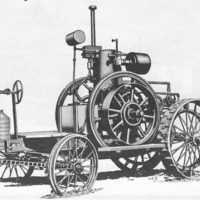
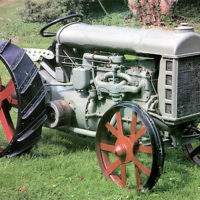
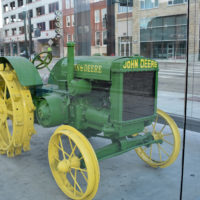
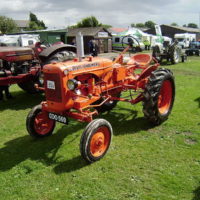
AI in agriculture
Artificial intelligence is taking farming to new levels of sophistication. Platforms such as John Deere’s Taranis enable fields to be monitored with less focus on human interference. AI platforms can assess the crop quality and incoming weather forecasts. GPS within tractors is a step towards driverless controls. These and other new features mean that in the future machinery could tackle harvesting alone.
One of the benefits of this new technology is that it cuts down the extensive hours farmers are currently working to keep their fields on track. If they have a way of monitoring their grounds without constant patrol, the process becomes more efficient. Recent studies show that driverless vehicles require only ten per cent of the process’ original supervision.
This article was originally published in How It Works issue 131, written by Ailsa Harvey
For more science and technology articles, pick up the latest copy of How It Works from all good retailers or from our website now. If you have a tablet or smartphone, you can also download the digital version onto your iOS or Android device. To make sure you never miss an issue of How It Works magazine, subscribe today!




